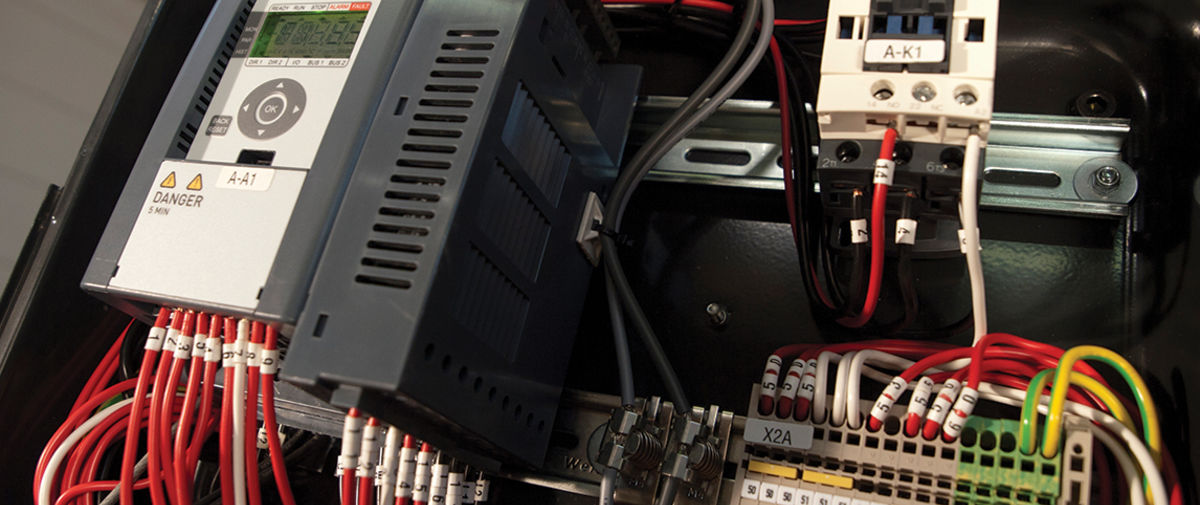Over the past 25 years, the popularity of inverters has continually increased along with their ability to improve crane safety, performance, and service life. In fact, they have become so prevalent in recent years that I’ve noticed a significant drop in the use of contactors, which, as many of you may know, used to be the industry standard for controlling crane movements. Anymore, I only see contactors used instead of variable frequency drives (inverters) for very specific applications. They are an endangered species that is becoming rarer every day. Seeing new contactor-controlled cranes in the field is something akin to spotting a black rhino in the wild—highly uncommon.
Chris Williams, technical support
The advent of inverter-controlled cranes has generated huge leaps in terms of performance and service life when compared to contactor-driven cranes, but inverters have accomplished much more than that. As a byproduct of their functionality, such as programmability, load control, etc., inverters have also spurred a number of significant safety improvements that help protect crane operators, their co-workers, and anyone else in the vicinity of a crane.
The primary way that inverters have improved crane safety is through enhanced control. Inverters control every aspect of the motion of a crane. There’s an inverter that controls the hoist, the trolley that moves the hoist along the crane, and the bridge, which is what carries the hoist along the runway.
Smooth and precise control
Because they are programmable, inverters offer much smoother and more precise control for operators. This eliminates a practice known as jogging in which operators using contactor-driven cranes repeatedly tap the controls of the crane to achieve precise movements in situations that require tight tolerances. Over time, jogging can take a toll on brake systems, resulting in failures that can lead to dropped loads and personal injury. Not only do inverters preserve brake life by limiting jogging, they can seize the motor with electrical power to hold a load in case of brake failure—dramatically increasing crane safety.
In addition to potential brake issues, jogging also has a tendency to create load swing. Because most inverters can provide some type of sway control to help minimize load swing, this significantly reduces the risk of an out-of-control swinging load hurting people.
Build operator confidence
Inverters also give operators more control by offering reduced-speed settings that allow for finely tuned positioning and full-scale range of motion via joystick, but without the wild card of speed bursts. This further reduces the risk of swinging loads and, most importantly, builds operator confidence. Confidence is critical to safety because it increases the likelihood that operators will take decisive, and correct, action to avert problems in any given situation. In my experience, when it comes to crane safety, there’s no substitute for a confident and well-trained operator.
Through their variable-frequency operation and high degree of programmability, inverters have revolutionized crane performance and service life—a great achievement in its own right. Beyond that, however, inverters have dramatically improved the safety of crane operations and support personnel in ways that will continue to shape crane-dependent industries moving forward.
Still using contactor controlled cranes? Consider a retrofit to add variable frequency drives.
